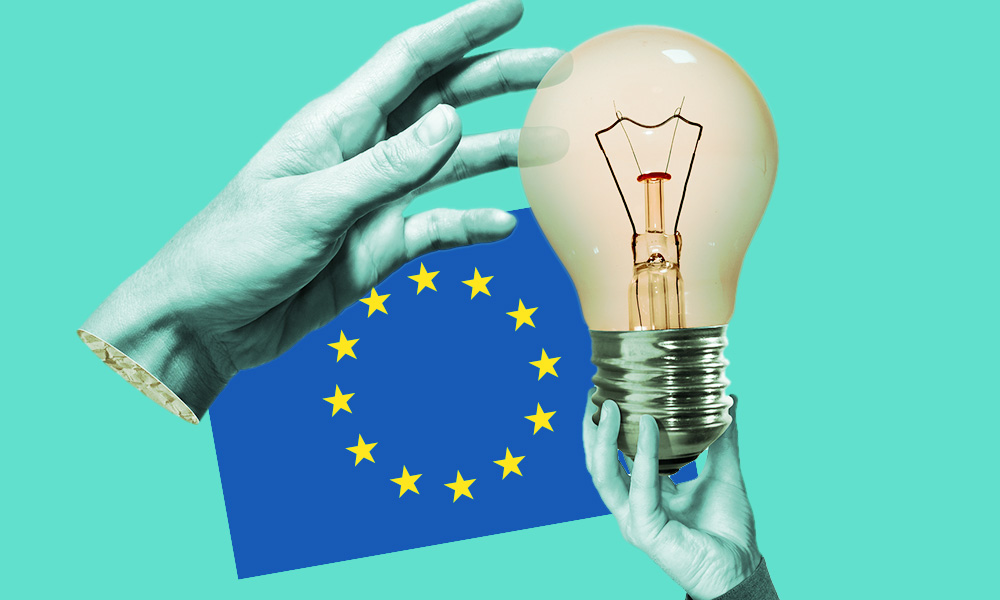The Enlarged Board of Appeal of the European Patent Office (EPO) has accepted the possibility of submitting new evidence of the inventive step of a patent application or patent that has been granted during the grant and opposition procedures.
Article 52(1) of the European Patent Convention (EPC) provides that European patents shall be granted for any inventions, in all fields of technology, provided that they are new, involve an inventive step and are susceptible of industrial application. When determining whether or not these three patentability requirements are met, case law by the Boards of Appeal of the EPO has established that the existence of an inventive step must be determined on the basis of the information contained in the patent application (together with the general knowledge of the person skilled in the art on the date the application was filed).
Indeed, the technical information contained in the application document is essential, not only with a view to understanding the invention but also, in particular, in order to justify the technical effect of the invention, and therefore, fulfillment of the inventive step requirement which is necessary to grant a patent. However, as we will see below, the information contained in the application document is not always sufficient to justify that the invention is patentable.
In this context, decision G2/21 which was issued recently by the EPO’s Enlarged Board of Appeal, provided that:
- The evidence submitted by a patent applicant or proprietor to prove a technical effect relied upon for acknowledgment of inventive step may not be disregarded solely on the ground that such evidence was filed after the filing date of the application.
- A patent applicant or proprietor may rely upon a technical effect for inventive step if the skilled person, having the common general knowledge in mind, and based on the application as originally filed, would derive said effect as being encompassed by the technical teaching and embodied by the same originally disclosed invention.
We analyze the key aspects of this important decision below.
The underlying question: the appropriate time to provide evidence in connection with the inventive step requirement
For a better understanding of the underlying question under debate, decision G2/21 ruled on the questioned referred for decision by board of appeal 3.3.02 in appeal proceeding T116/18. Said appeal was based on the grounds for rejecting the opposition filed against the grant of European patent EP 2 484 209, aimed at protecting insecticide compositions. In the patent application it had been argued that the combination of certain active agents in the composition produced a synergistic insecticide effect (non-additive) as opposed to the use of different active agents separately. The technical effect of synergism, which would justify the invention’s inventive step and with this the maintenance of the patent, would only be demonstrated with evidence in the form of experimental results submitted by the patent owner during the opposition proceeding and therefore, would be technical evidence not contained in the patent application document.
As a result, following the filing of the application, either during the examination stage or following the grant during the patent opposition proceeding, the applicant or the owner usually has to submit new technical material in the form of technical tests and evidence that help to justify the patentability of the proposed invention. This is the specific case of patent EP 2 484 209, where the owner submitted experimental data that justified the synergistic insecticide effect of the compositions claimed during the opposition proceeding following the grant of the patent.
The principle of free evaluation of evidence
In practice however, the acceptance of the justification of the invention’s technical effect by submitting post-published evidence is particularly problematic. Prior to the decision we are looking at today, the EPO had been applying the principle of free evaluation of evidence which led to the existence of three different lines of case law:
- The first, called ab initio plausibility, concludes that post-published evidence can be taken into account only if, given the application as filed and the common general knowledge at the filing date, the skilled person would have had reason to assume the purported technical effect to be achieved. This may occur where the application as filed already contains experimental data or a scientific explanation that justifies this assumption. (T1329/04, T609/02, T488/16, T415/11, T1791/11 y T895/13, among others).
- The second, called ab initio implausibility, requires that post-published evidence must always be taken into account if the purported technical effect is not implausible. That is, such evidence can only be disregarded if the skilled person would have had legitimate reasons to doubt that the purported technical effect would have been achieved on the filing date of the patent application, whether due to the common general knowledge existing on that date or because of an unlikely indication in the patent application (T919/15, T578/16, T536/07, T1437/07, T266/10, T863/12, T184/16 y T2015/20, among others).
- Finally, the so-called no plausibility line of case law rejects the concept of plausibility altogether and therefore does not accept any evidence published after the filing date of the application (T31/18 and T2371/13, among others).
The application of the above lines of case law is naturally insufficient in most cases, such as, for example, in the very common scenario in which the inventive step of the proposed invention must be measured against the closest prior art, especially if we bear in mind that the closest prior art does not tend to be known when the patent application is filed, and is identified during the processing of the application or in opposition proceedings following the grant of the application.
The importance of decision G2/21
Decision G2/21 is important not only because it confirms the admissibility of the justification for the inventive step requirement through the provision of evidence published after the filing date of the patent, but because it establishes a uniform criterion for doing so: the evidence will only be admitted if the technical effect can be considered included in the scope of the invention when the application was filed through the description in the patent document and its interpretation in accordance with common general knowledge and not subsequently, as a result of post-published evidence.
In practical terms this decision is also relevant for the inventor and companies that use the patent system, since it “facilitates” the always necessary prompt filing of patent applications even in cases where the results of the experimental data that accompany an innovative project and serve to justify patentability are not available.






